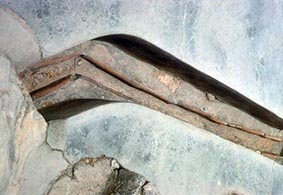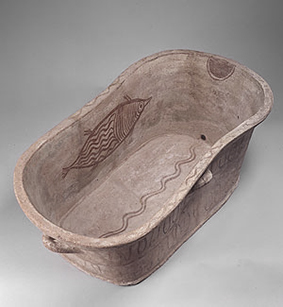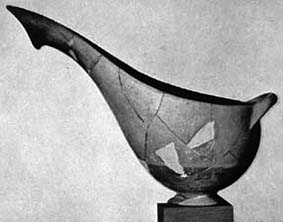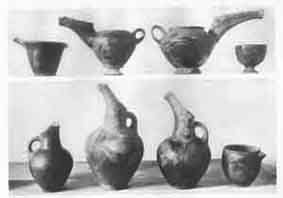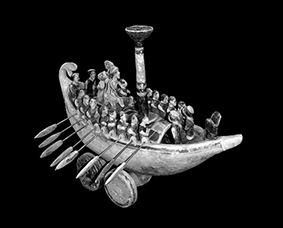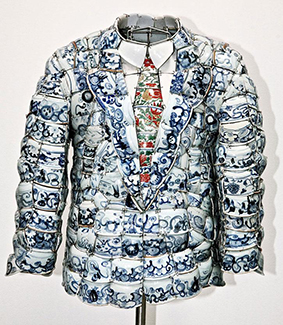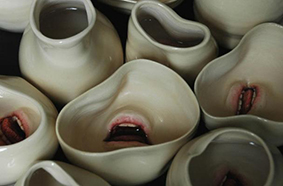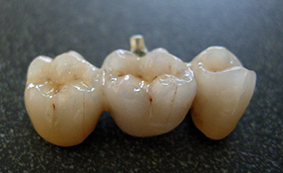On ceramics and glass blowing…
2 materials/techniques which will be used and challenged during this DIY, along with mold-making – in a craftsmen village near Chania, Crete
“Inert glass moulded from within caught the semblance of such an alien grace. Alienated labor becomes alienated grace and the glass blower’s exhalation shaping inert matter from within, arguably a violence done to artisan and material becomes the unique fusion of soul and body, breath and matter, a form made by a God who can penetrate to the innermost spaces of the subject, creating from the inside out. Agency, not powerlessness belongs to the glass blower.”
Isobel Armstrong, “Transparency: Towards a Poetics of Glass in the Nineteenth Century” in Francis Spufford & Jenny Uglow (Eds) Cultural Babbage. Technology, Time and Invention (London : Faber, 1996): 122-146.
———–
“Ceramic” comes from the greek word κεραμικός (keramikos), “of pottery” or “for pottery”, from κέραμος (keramos), “potter’s clay, tile, pottery”. The earliest mention of the root “ceram-” is the Mycenaean greek ke-ra-me-we, “workers of ceramics”, written in Linear B syllabic script. “Ceramic” may be used as an adjective describing a material, product or process; or as a singular noun, or, more commonly, as a plural noun, “ceramics”.
A ceramic material is an inorganic, non-metallic, often crystalline oxide, nitride or carbide material. Some elements, such as carbon or silicon, may be considered ceramics. Ceramic materials are brittle, hard, strong in compression, weak in shearing and tension. They withstand chemical erosion that occurs in other materials subjected to acidic or caustic environments. Ceramics generally can withstand very high temperatures, such as temperatures that range from 1,000 °C to 1,600 °C (1,800 °F to 3,000 °F). A glass is often not understood as a ceramic because of its amorphous (noncrystalline) character. However, glass-making involves several steps of the ceramic process and its mechanical properties are similar to ceramic materials.
Traditional ceramic raw materials include clay minerals such as kaolinite, whereas more recent materials include aluminium oxide, more commonly known as alumina. The modern ceramic materials, which are classified as advanced ceramics, include silicon carbide and tungsten carbide. Both are valued for their abrasion resistance, and hence find use in applications such as the wear plates of crushing equipment in mining operations. Advanced ceramics are also used in the medicine, electrical and electronics industries.
…
Minoan ceramics
(Knossos, King Minos Palace in Crete)
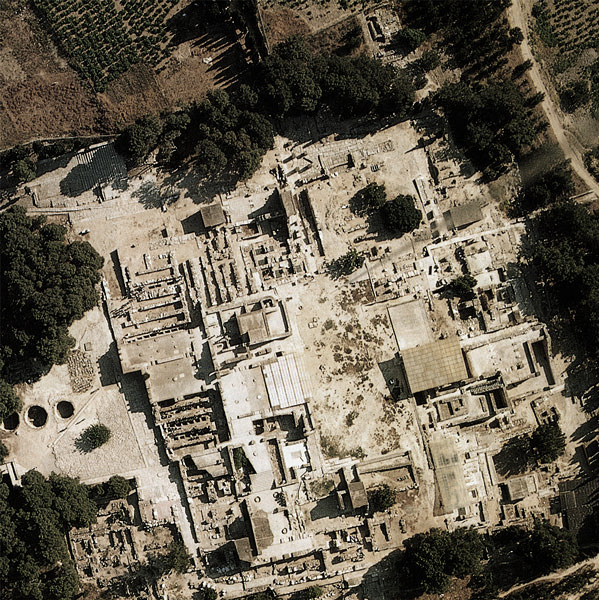
…
other










